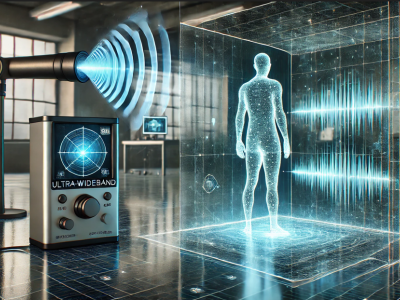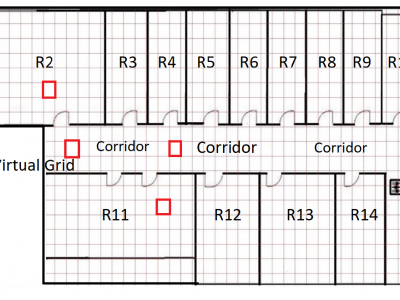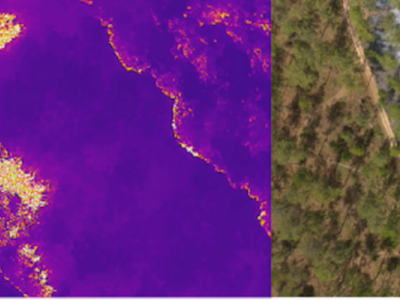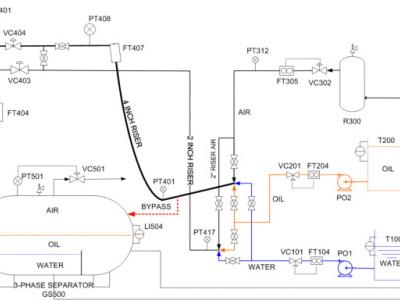Machine Learning

This dataset contains electromagnetic field (EMF) intensity measurements recorded at half-hour intervals. The dataset spans a continuous timeline, capturing variations in electric field strength in volts per meter (V/m). It serves as a valuable resource for environmental monitoring, predictive modeling, and studying the impacts of EMF exposure. Applications include urban planning, public health assessments, and advanced regression or machine learning modeling.
- Categories:
 143 Views
143 Views
Pacemaker use due to conduction abnormalities is a common complication following surgical aortic valve replacement (AVR). Heart rate variability (HRV) is associated with sinus node dysfunction and significant dysrhythmias. However, its predictive value for postoperative electrical pacing requirements after AVR remains unclear. This retrospective study reviewed pre-registered electrical records from 194 adult patients who underwent isolated AVR. HRV parameters in both time and frequency domains were obtained prior to anesthesia induction and before initiating cardiopulmonary bypass.
- Categories:
 49 Views
49 Views
The data was collected by a tester holding a Xiaomi 13 smartphone while walking and collecting data in an underground parking lot covering a 16x70m area. The data includes 5G radio features and geomagnetic field information.
Collection Time: From 09:58 AM to 10:34 AM on July 13, 2024.
Total Samples: 12,800
Training Set (including validation set): 10,240
Test Set: 2,560
- Categories:
 110 Views
110 Views
This MATLAB script implements a reinforcement learning (RL) approach to optimize IRS phase configurations in a MIMO wireless system. The implementation features a basic MIMO setup with a 16-element IRS operating at 12 GHz (mid-band frequency). Using the policy gradient method with a two-layer neural network, it learns optimal phase shifts while considering user mobility and Rician fading channels. The system models both direct and IRS-reflected paths, incorporating realistic path loss and channel conditions.
- Categories:
 166 Views
166 ViewsIn this dataset, a human detecting model using with UWB radar technology is presented. Two distinct datasets were created using the UWB radar device, leveraging its dual features. Data collection involved two main scenarios, each containing multiple sub-scenarios. These sub-scenarios varied parameters like the position, distance, angle, and orientation of the human subject relative to the radar. Unlike conventional approaches that rely on signal processing or noise/background removal, this study uniquely emphasizes analyzing raw UWB radar data directly.
- Categories:
 649 Views
649 ViewsThe JU-Impact Radiomap Dataset is a comprehensive dataset designed for research and development in indoor positioning systems. It comprises 5431 instances characterized by readings from 105 static Wi-Fi Access Points (APs) and spans 152 distinct virtual grids. Each virtual grid represents a 1x1 square meter area, derived by dividing a physical floor of a university building into reference coordinate points (x, y). The dataset was collected over a period of 21 days using four mobile devices: Samsung Galaxy Tab, Moto G, Redmi Note 4, and Google Pixel.
- Categories:
 165 Views
165 Views
CodePromptEval is a dataset of 7072 prompts designed to evaluate five prompt techniques (few-shot, persona, chain-of-thought, function signature, list of packages) and their effect on the correctness, similarity, and quality of complete functions generated. Each data point in the dataset includes a function generation task, a combination of prompt techniques to be applied, the prompt in natural language that applied the prompt techniques, the ground truth of the functions (human-written functions based on CoderEval dataset by Yu et al.), the tests to evaluate the correctness of the generate
- Categories:
 31 Views
31 Views
Annotated 1,000 misalignment from the SDGSAT-1 glimmer imagery, divided into train, valid, and test sets with a ratio of 7:2:1 for the object detection task.
- Categories:
 45 Views
45 ViewsDateset of the Three-Phase Flow Facility. The Three-phase Flow Facility at Cranfield University is designed to provide a controlled and measured flow rate of water, oil and air to a pressurized system. Fig. 1 shows a simplified sketch of the facility. The test area consists of pipelines with different bore sizes and geometries, and a gas and liquid two-phase separator (0.5 m diameter and 1.2 m high) at the top of a 10.5 m high platform. It can be supplied with single phase of air, water and oil, or a mixture of those fluids, at required rates.
- Categories:
 270 Views
270 Views


